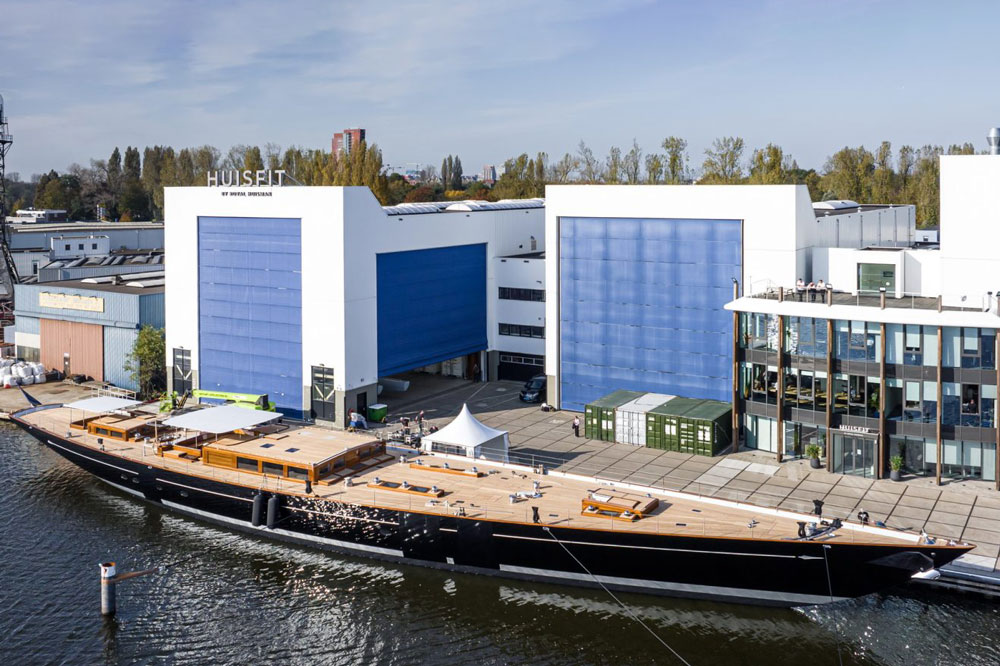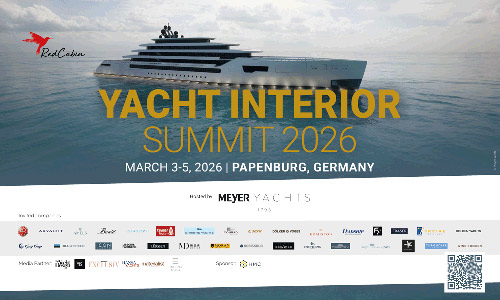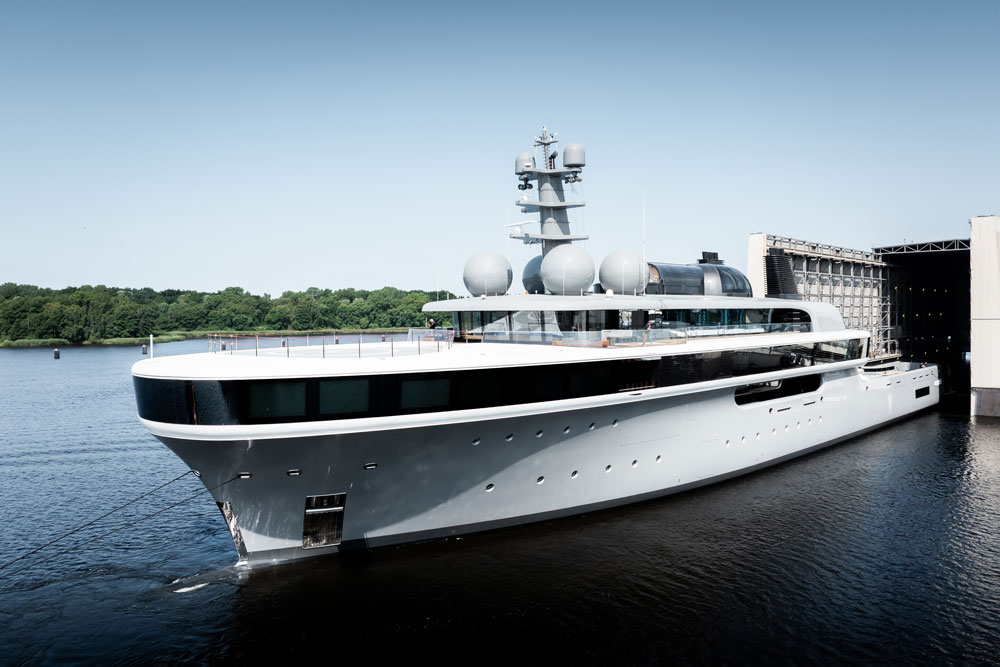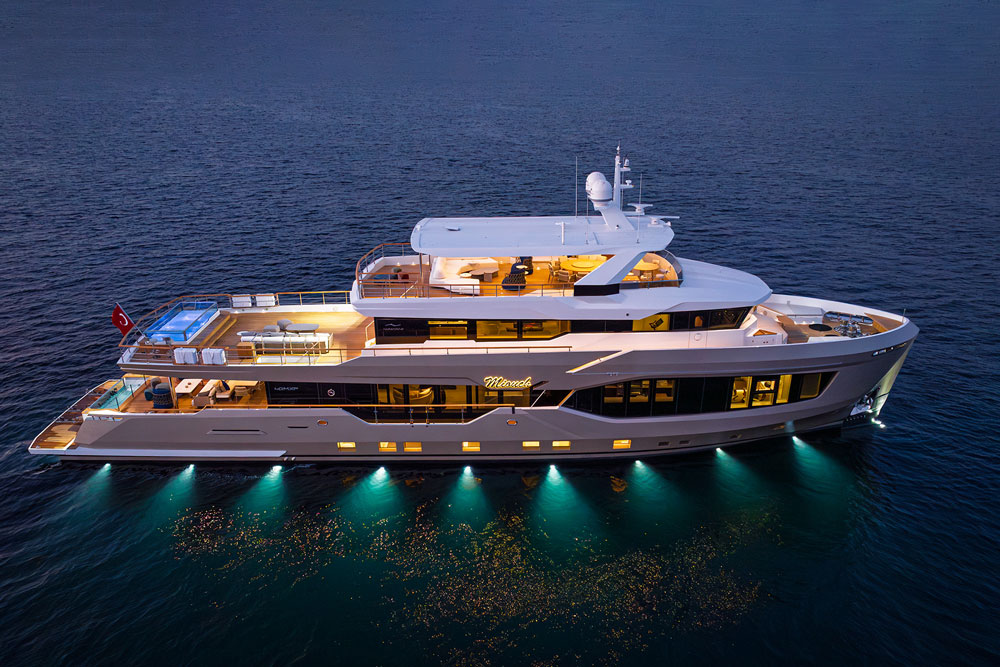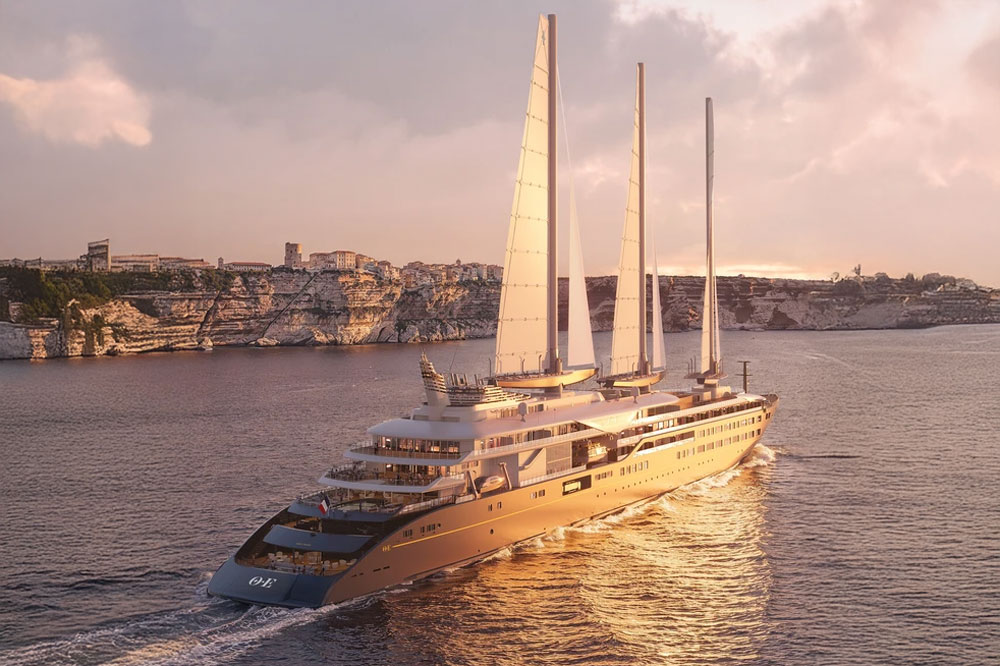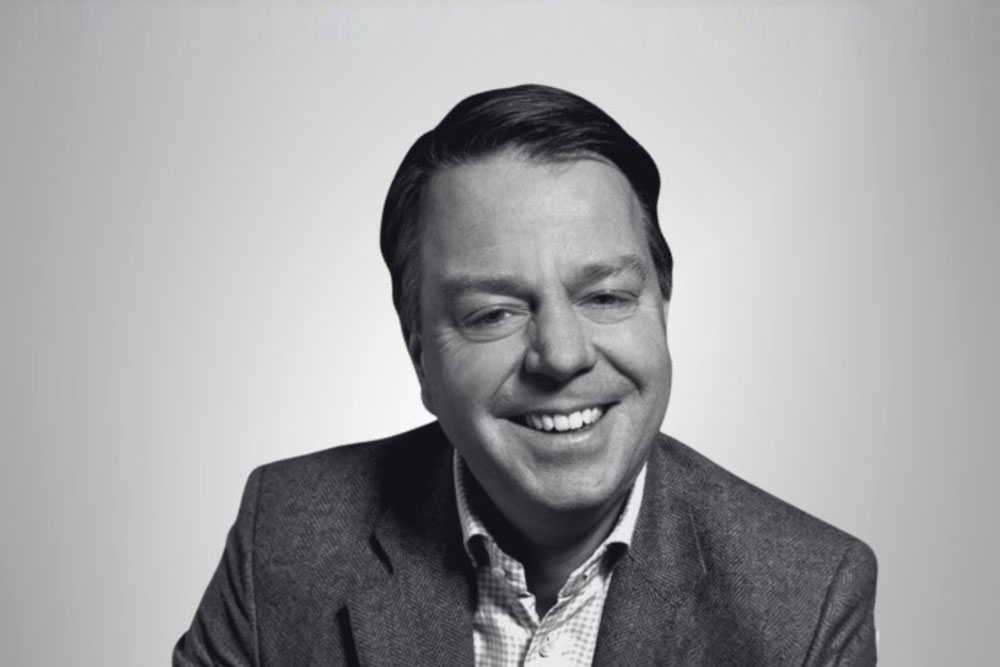The Dutch shipyard Royal Huisman has launched a new sailing yacht, Aquarius, which follows in the footsteps of the first Aquarius.
The first Aquarius, also built by Royal Huisman, was delivered in 2018. This 56-meter world-cruising ketch was described by her owners as “almost perfect.” However, as the couple desired a larger yacht with enhanced capabilities, they commissioned a 65-meter version, the larger sister vessel.
CEO Jan Timmerman stated, “We are grateful the owners entrusted us with the realization of their dream, which has become an exceptional and truly beautiful yacht. Aquarius showcases our commitment to innovation and client-focused solutions for both sailing and motoryacht projects. Each superyacht we build benefits from decades of lessons learned and is tailored precisely to the owner’s vision. Aquarius exemplifies this collaborative approach.”
According to the shipyard, it’s a great compliment when owners value their yacht so much that the only change they desire is a larger version built by the same team. The team behind both Aquarius yachts includes the owners’ project manager, Godfrey Cray, Dykstra Naval Architects, interior designer Mark Whiteley, and the superyacht builder Royal Huisman.
The Aquarius features an environmentally friendly semi-hybrid propulsion system
As the successor to the first Aquarius (now called Apsara), this project reflects Royal Huisman’s dedication to constructing fully customized superyachts. While retaining the elegance of her predecessor, the new Aquarius offers 45% more volume, providing expanded social and crew areas, improved integrated sail-handling systems, and a lifting keel for optimal performance. The yacht combines timeless style with cutting-edge technology and exceptional craftsmanship.
A key aspect of this project is the application of insights gained from the first Aquarius and other previous designs, says Royal Huisman. For instance, the yacht’s lightweight Alustar aluminum construction enables Aquarius to deliver both high-performance sailing and exceptional comfort. The use of a semi-hybrid propulsion system reflects a focus on sustainability, achieving greater energy efficiency and a reduced ecological footprint.
Following the launch of Aquarius, the yacht is being prepared for the final phases of the project, including the installation of the carbon Rondal masts and booms, a series of sea trials, and final delivery.
